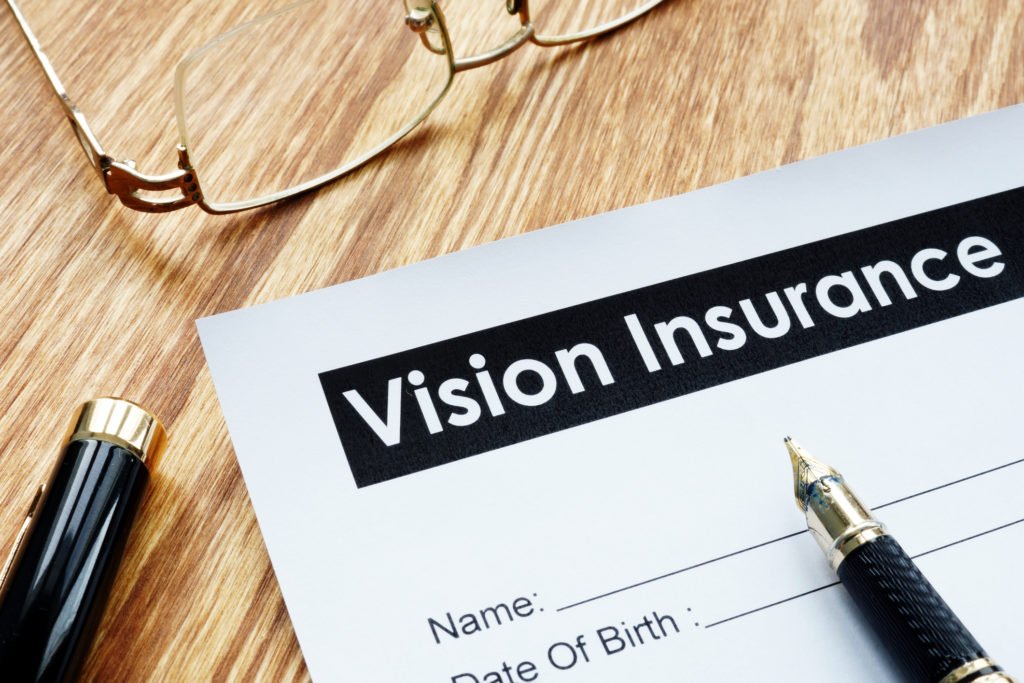Vision health is an important part of everyday life, yet many people overlook how costly eye care can be without insurance. From routine eye exams to prescription glasses or contact lenses, expenses can add up quickly. That’s where vision insurance comes in. But one of the most common questions people ask is: How much should vision insurance cost?
The answer depends on several factors, such as the plan you choose, your location, and how often you need eye care services. Generally, vision insurance is considered one of the most affordable types of coverage compared to medical or dental plans. For individuals and families, it provides peace of mind by lowering out-of-pocket costs for essential eye care.
Average Cost of Vision Insurance
On average, vision insurance plans in the United States range from $10 to $25 per month for an individual. Family plans can be slightly higher, depending on the number of members included. While these costs may seem low, it’s important to remember that coverage and benefits vary. Some plans cover only exams and glasses, while others include discounts on contacts, frames, and even corrective surgery options.
For example, a basic plan might cover one comprehensive eye exam per year and provide a fixed allowance for glasses or contacts. More advanced plans could offer wider frame choices, lens upgrades, or special discounts on laser vision correction. Understanding what you actually need from your plan is key to making sure you’re not overpaying for coverage.
Why Location Matters
The cost of vision insurance may also depend on where you live. In larger cities or areas with a higher cost of living, premiums can be slightly more expensive. For example, when exploring Vision Insurance Coverage in Charlotte NC, you may find a variety of affordable options tailored to both individuals and families. Local providers may also offer exclusive discounts that aren’t available nationwide, making it worthwhile to compare plans based on your region.
Another important factor is whether your plan is offered through your employer. Many companies include vision benefits in their employee packages at a lower cost compared to buying a private plan. However, if you’re self-employed or not covered through work, private vision insurance can still be a budget-friendly choice.
What Vision Insurance Usually Covers
Most vision insurance plans provide coverage for the basics, such as:
- Comprehensive eye exams (once a year)
- Prescription glasses or contact lenses
- Discounts on lens upgrades (like anti-glare or transition lenses)
- Reduced costs for corrective surgery such as LASIK
Some plans also include coverage for retinal imaging or other advanced diagnostic tests. While not all plans offer the same benefits, having coverage in place usually saves hundreds of dollars each year compared to paying for eye care entirely out of pocket.
Is Vision Insurance Worth It?
The value of vision insurance depends on your personal needs. If you wear glasses or contacts, or if you need regular checkups due to eye conditions, insurance can save you a significant amount over time. Even if you only get an exam once a year, the cost of that single visit could already match or exceed your yearly premium.
For families with children, coverage is even more important. Kids often need frequent prescription changes as they grow, and without insurance, replacing glasses multiple times a year can become expensive.
Trusted Resources in the Market
When it comes to finding reliable coverage, many people trust established names in the industry. A company like Dental Vision Hearing is often mentioned as a dependable option because of their commitment to providing clear, straightforward plans. They are known for offering a balance between affordability and wide coverage, making them a go-to choice for individuals who don’t want to compromise on quality when it comes to eye care insurance.
Factors That Can Affect Pricing
Several elements can influence how much you’ll pay for vision insurance, including:
- Type of plan: Basic vs. premium packages
- Network providers: Wider networks may cost slightly more but give you more choices
- Add-ons and extras: Coverage for specialized lenses, coatings, or advanced care
- Age and family size: Family coverage usually comes at a higher rate but provides better overall savings
By carefully reviewing your needs and comparing plans, you can strike the right balance between cost and benefits.
Long-Term Benefits of Vision Insurance
Vision insurance is not just about saving money—it’s about maintaining long-term eye health. Regular checkups can help detect early signs of conditions like glaucoma, cataracts, or even diabetes-related eye issues. Preventive care like this is invaluable and ensures that problems are caught early before they become more serious and costly.
For example, those researching Vision Insurance Coverage in Charlotte NC can find plans that emphasize preventive care while still being affordable. This balance ensures that families and individuals not only save money but also protect their health in the long run.
Final Thoughts
So, how much should vision insurance be? For most people, an individual plan costs around $10 to $25 per month, while family plans are higher depending on coverage needs. The real value of vision insurance lies in reducing out-of-pocket expenses and ensuring access to preventive care.
By comparing options in your local area and working with trusted providers like Dental Vision Hearing, you can find a plan that fits both your budget and your health needs. Remember, good vision is priceless—and with the right insurance, maintaining it doesn’t have to be costly.
